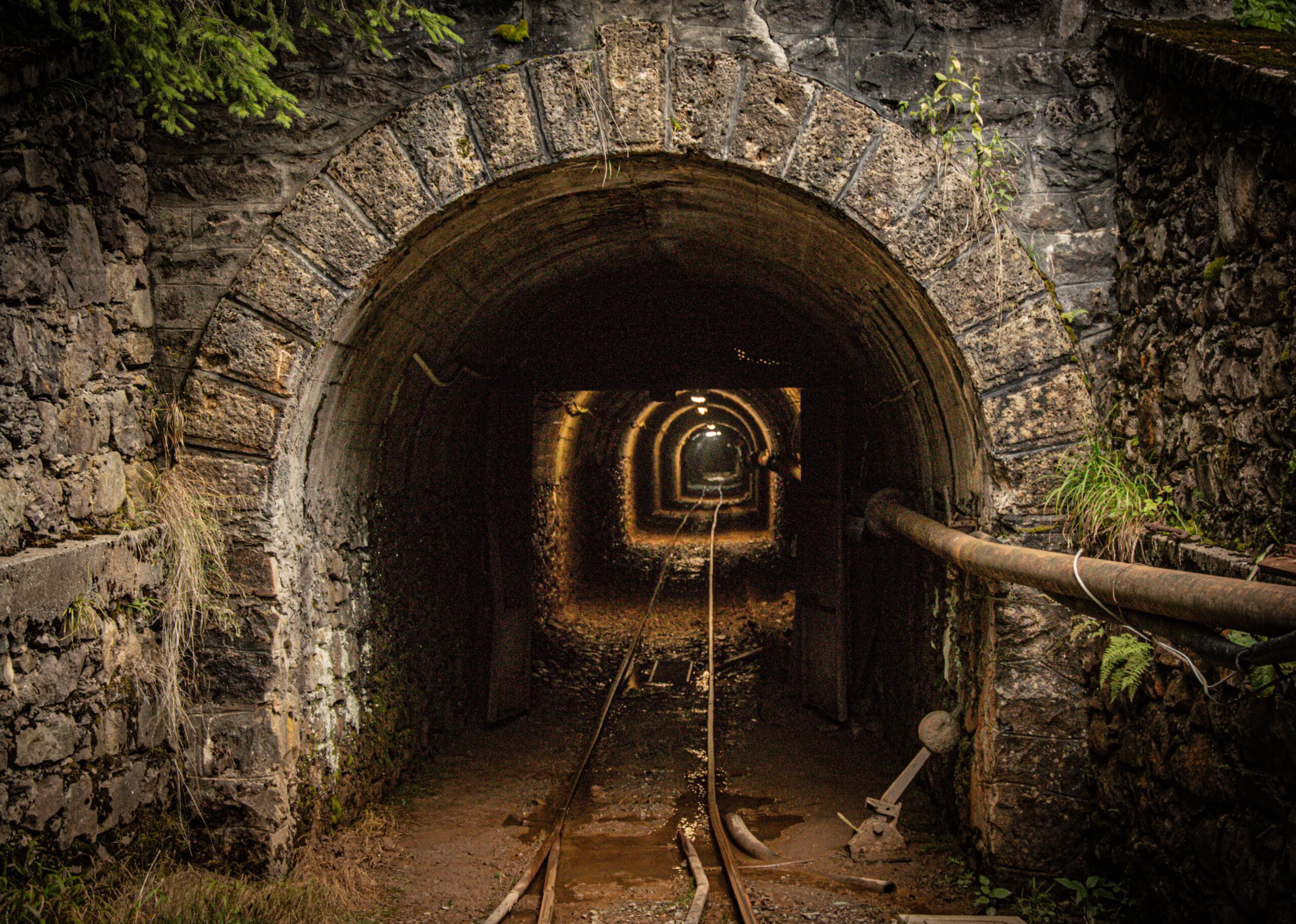


#carbon #CO2 #sequestration #terminology
Doug Fogelson
When the issue is “carbon buildup in Earth’s atmosphere due to human activity” (counting since 1850, even prior to the Industrial Revolution), it makes sense to try and reverse the situation. However, despite the potential of these solutions it is clear that the greater importance is reduction of carbon in key areas now as these tech solutions scale and improve. Changing our energy, transit, agricultural practices now will have a larger impact going forward than any carbon capture can.
Innovative approaches and technologies that have the ability to “capture” carbon either at the source of emissions by heavy industry or even from the air and then turn it into other useful products, however, responsible land management and agricultural practices also store CO2, as do so naturally occurring biological processes (such as oceans that can absorb approx. 25% of the CO2 annually from human activity [UC Davis 2019].
“Point source” carbon capture companies use various methods to extract the CO2 such as solvents, enzymes, and absorbent materials. They can then compress the CO2 to sink/store it or change it into new types of low carbon materials like baking soda, or even cement (which is typically a very high carbon emission product). And yet… despite recent significant infusions of capital and various technical improvements the carbon footprint of capturing and transporting CO2 is still higher than the relative cost of emitting it.
It is not feasible to rely on companies like these to remove and sequester CO2 alone, the climate crisis demands multiple efforts to work simultaneously as we transition away from fossil fuels (and related emissions).